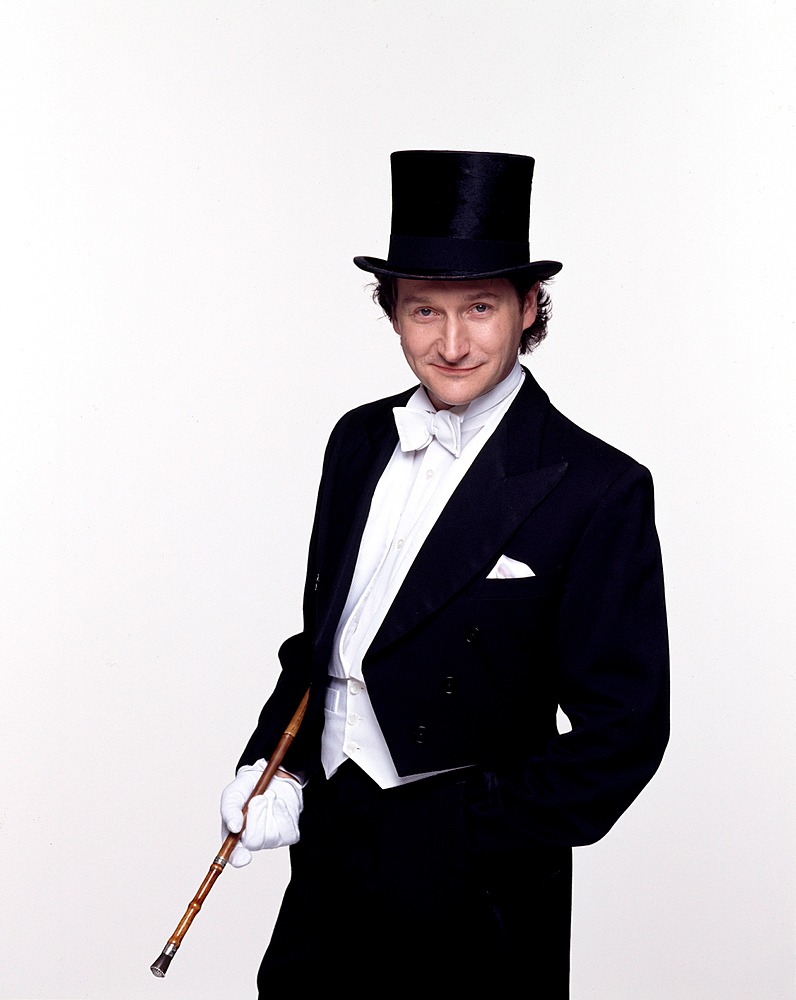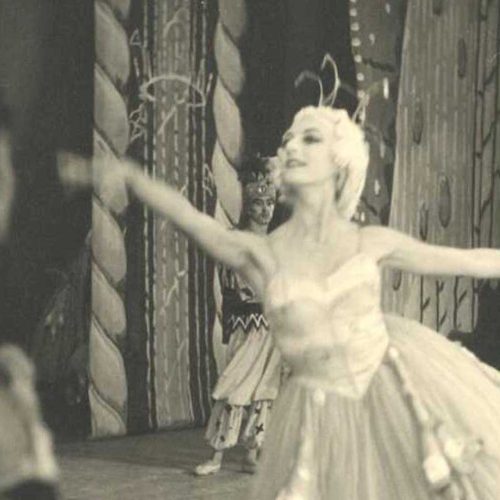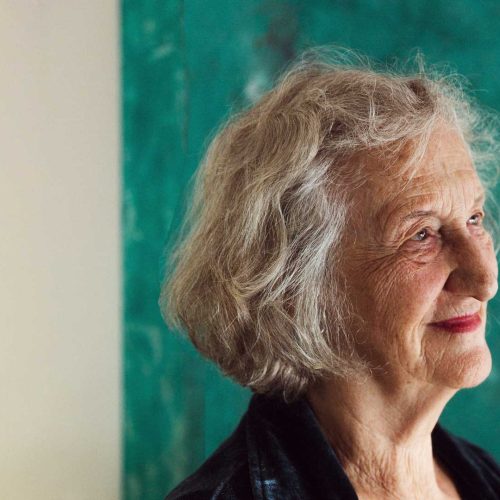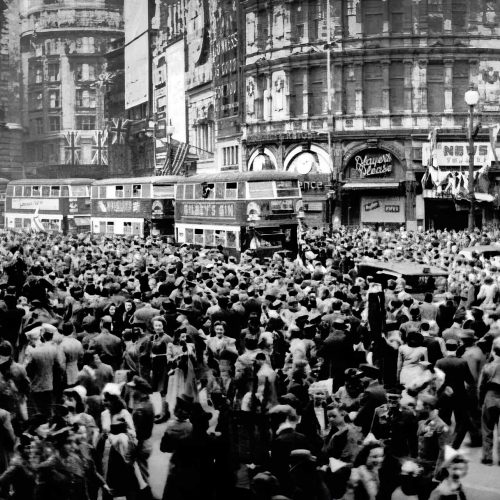With a wit that doesn’t undercut the poignancy of its subject, in 1988 David Bintley created a remarkable piece of entertainment with a stark warning perhaps that humans are still not heeding. The piece makes a commentary on globalisation, conservation and the fragility of the natural world, all achieved with a deft touch.
Using Simon Jeffes’ world music-inflected compositions as inspiration, Bintley also absorbed ideas from David Days’ 1981 Doomsday Book of Animals. Indeed, the ballet opens with a tale from Days’ book about the obliteration of the last great auks by Icelandic fisherman. The audience is immersed into the world of the nouveau riche; after-dinner dancing dissolves into what Bintley called his ‘indigenous dance essays’, dances that explore different cultures through the imagery of specific endangered species. It’s as if the animals are performing, cabaret-style, for us at the Penguin Café, a metaphor for planet earth. Masks designed by Hayden Griffin bring to life a glamorous Utah Longhorn Ram, who has obviously had dancing lessons from Ginger Rogers, with subsequent episodes depicting a sand-shuffling Texan Kangaroo Rat, the Humboldt’s Hog-nosed Skunk Flea who has a penchant for Morris dancing, a Brazilian Woolly Monkey and the indigenous people of the Amazon rainforest. Perhaps the most compelling moment is the dance for the Southern Cape Zebra, violently shot whilst a cadre of vulture-like fashionistas blithely vogue-on. It brings to light the human race’s indifference to the planet’s plight.
Bintley chooses the redemptive image of Noah’s ark – ‘a child’s vision of heaven’ in the choreographer’s words – to end his ballet. The dancing animals remove their masks and reveal their human faces in a moment that might suggest a hopeful revelation. Dance writer Ian Palmer notes that Brian Shaw called ‘Still Life’ at the Penguin Café, Bintley’s Façade, and its position in our native dance tradition is clear: simplicity of gesture unveils an ocean of meaning. Bintley shows with supreme musicality the flexibility of ballet, a medium that can tackle the full galaxy of human concerns. First performed by The Royal Ballet, the original cast included Deborah Bull, Guy Niblett, Bruce Sansom, Fiona Brockway, Philip Broomhead, Tracy Brown, Jonathan Cope, Stephen Jefferies and Nicola Roberts.




